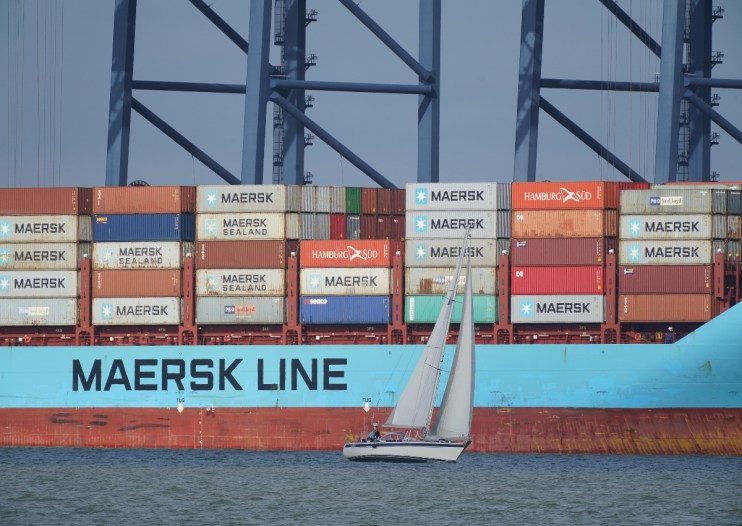Maersk hikes guidance as shipping costs rise on Red Sea disruption

Maersk has raised its full-year guidance amid strong container market demand and ongoing disruption in the Red Sea.
The container shipping giant now expects underlying earnings before interest, taxation, depreciation and amortization (EBITDA) of between seven and nine billion US dollars, up from prior guidance of between one and six.
Earnings before interest and taxation (EBIT), meanwhile, should fall between one and three billion dollars.
It added that trading conditions remained subject to “higher than normal volatility” given the unpredictability of the Red Sea situation and the lack of clarity on future supply and demand.
Iran-backed Houthi rebel attacks in the Red Sea, en route to the Suez Canal, which is one of the world’s key trade routes, have forced container ships to divert around the Cape of Good Hope since November, adding around two weeks to journey times.
The delays have bumped up freight rates at a time when carriers were concerned over a downturn, following years of highs in the post-pandemic era.
Houthi rebels in Yemen launched the attacks in response to Israel’s military operation in Gaza, following attacks by Hamas, which is also Iranian-backed, on October 7.
Maersk said it had seen “signs of further port congestions” in Asia and the Middle East and a further rise in shipping costs. “This development is gradually building up and is expected to contribute to a stronger financial performance in the second half of 2024,” the Danish shipper added in a statement.
The announcement underscores the ongoing significance of the Houthi attacks on global shipping supply chains.
Hapag-Lloyd’s UK boss Cameron Bowie warned in January delays would last for months and tensions have not eased since, while retailers are prepping for the busy Christmas period early.
Maersk shares have risen over 23 per cent in the last month.
Last year, the shipping industry tailed off dramatically following a profit bonanza after Covid-19, when freight rates went into the stratosphere as supply chain issues coincided with soaring consumer demand.